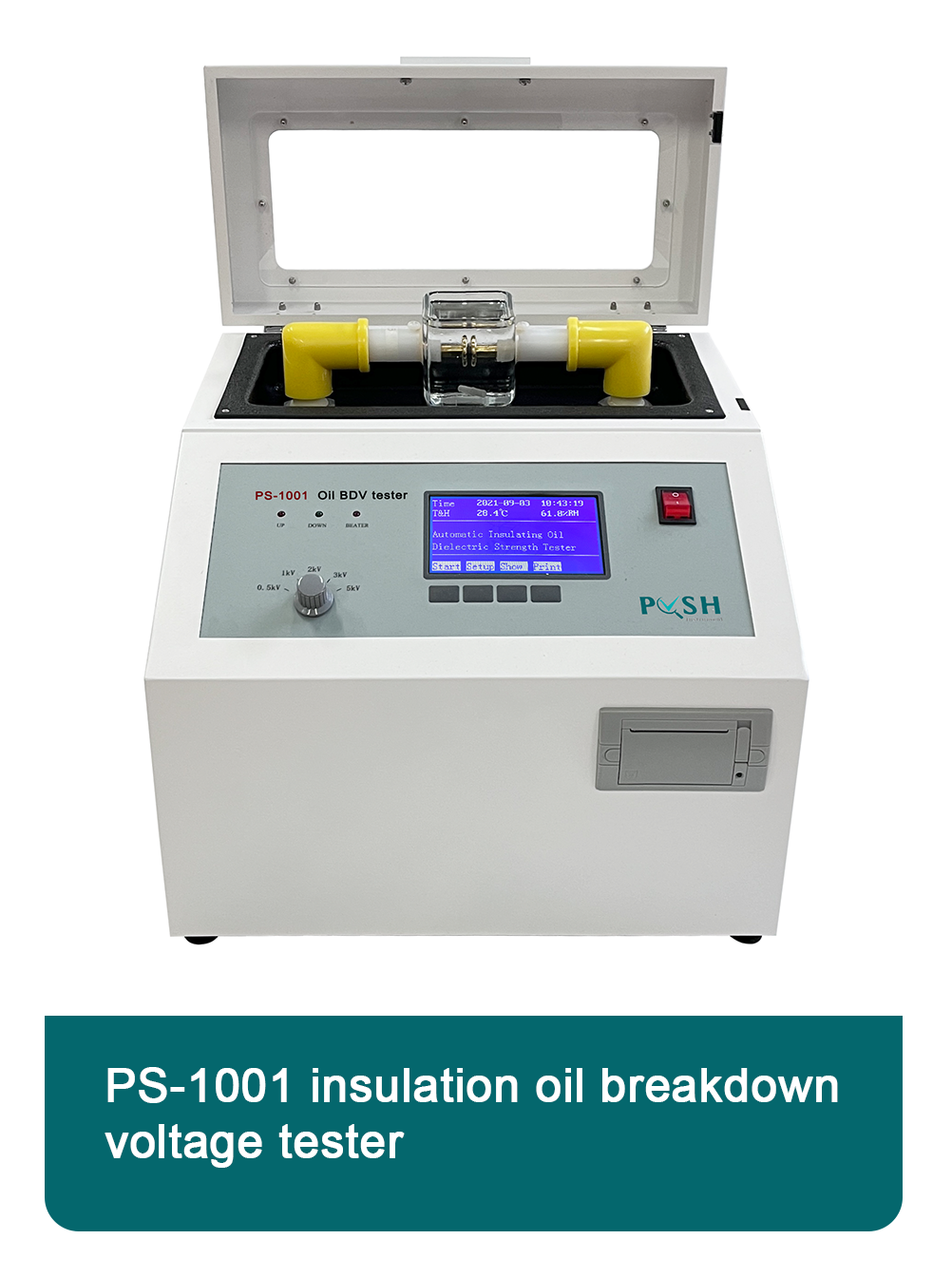 English
English


Understanding the Excitation Current Testing Procedures and Their Importance for Transformer Reliability
Excitation Current Test of Transformers A Comprehensive Overview
The excitation current test is a crucial procedure in assessing the performance and efficiency of transformers. Conducted as part of routine maintenance or as a diagnostic tool, this test helps in evaluating the magnetic characteristics of the transformer’s core and ensuring the reliability of its operation. Understanding the significance, methodology, and implications of excitation current tests is essential for engineers and maintenance professionals in the electrical power industry.
Importance of the Excitation Current Test
Transformers are vital components in electrical power systems, responsible for voltage regulation and energy transmission. The excitation current, which is the current drawn by the transformer’s core when energized without load, provides insights into the core's magnetic properties and insulation condition. This test can reveal potential issues, such as core saturation, winding degradation, and poor insulation, thus preventing unexpected failures.
One of the primary reasons for conducting an excitation current test is to establish the transformer’s magnetizing curve, which is essential for understanding its operational limits. A well-documented magnetizing curve enables engineers to predict the behavior of the transformer under varying load conditions and helps in designing protection schemes.
Test Procedure
The excitation current test is typically conducted under controlled conditions to ensure accurate and repeatable results. The standard procedure involves the following steps
1. Preparation and Safety Measures Before initiating the test, maintaining a safe working environment is paramount. Verify that all safety protocols are in place, and that the transformer is isolated from the power system.
2. Connection Setup Connect the test equipment, which usually includes a variable voltage source (such as a transformer or a variac) and a current measuring device, to the transformer's primary winding.
excitation current test of transformer

3. Voltage Application Gradually apply voltage to the primary winding while monitoring the excitation current. Typically, the voltage is increased in increments until the rated voltage of the transformer is reached.
4. Data Collection During the test, record the excitation current at various voltage levels. This data will be used to plot the magnetizing curve.
5. Analysis After completing the test, analyze the collected data. This analysis can involve comparing the obtained values against the manufacturer’s specifications or historical data of the transformer to identify any deviations that may indicate problems.
Results Interpretation
The results of an excitation current test can reveal vital information about the transformer’s condition. A significantly higher excitation current than expected may suggest core saturation or insulation weaknesses, while lower currents might indicate improved efficiency or enhancements in core material. Engineers often use this information to make informed decisions regarding maintenance, repairs, or replacements.
Moreover, the excitation current test can be instrumental in predictive maintenance programs, helping to schedule repairs before catastrophic failures occur. By integrating this test into regular maintenance protocols, industries can prolong the lifespan of their transformers and enhance overall system reliability.
Conclusion
In summary, the excitation current test of transformers is a fundamental technique that offers valuable insights into the operational state of transformers. By understanding the magnetic characteristics of the core, engineers can identify potential issues early on, ultimately improving the reliability and efficiency of electrical power systems. As technology continues to advance, the methods and tools used for conducting these tests are likely to evolve, facilitating even more accurate assessments and efficient maintenance practices in the power industry.
-
Differences between open cup flash point tester and closed cup flash point testerNewsOct.31,2024
-
The Reliable Load Tap ChangerNewsOct.23,2024
-
The Essential Guide to Hipot TestersNewsOct.23,2024
-
The Digital Insulation TesterNewsOct.23,2024
-
The Best Earth Loop Impedance Tester for SaleNewsOct.23,2024
-
Tan Delta Tester--The Essential Tool for Electrical Insulation TestingNewsOct.23,2024





